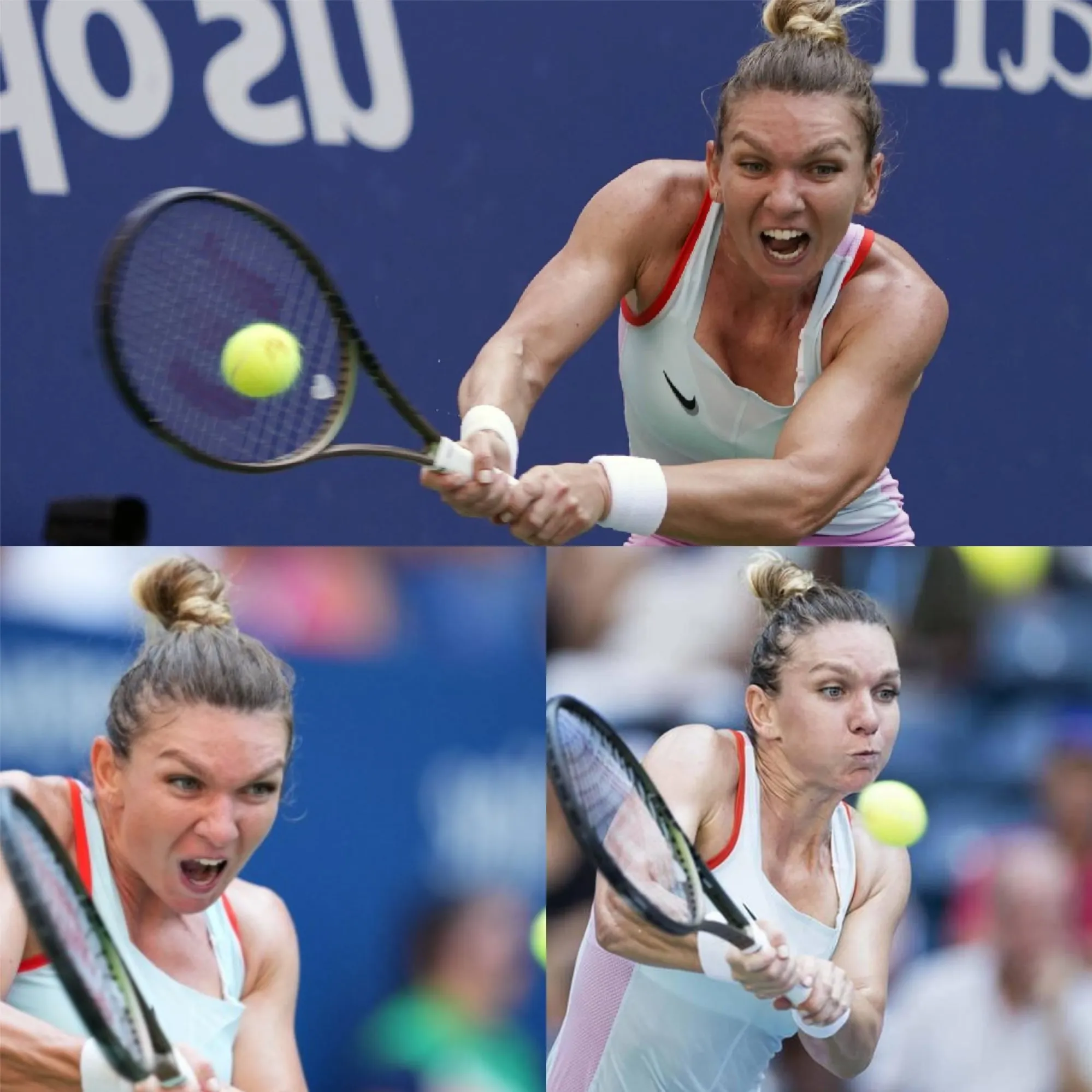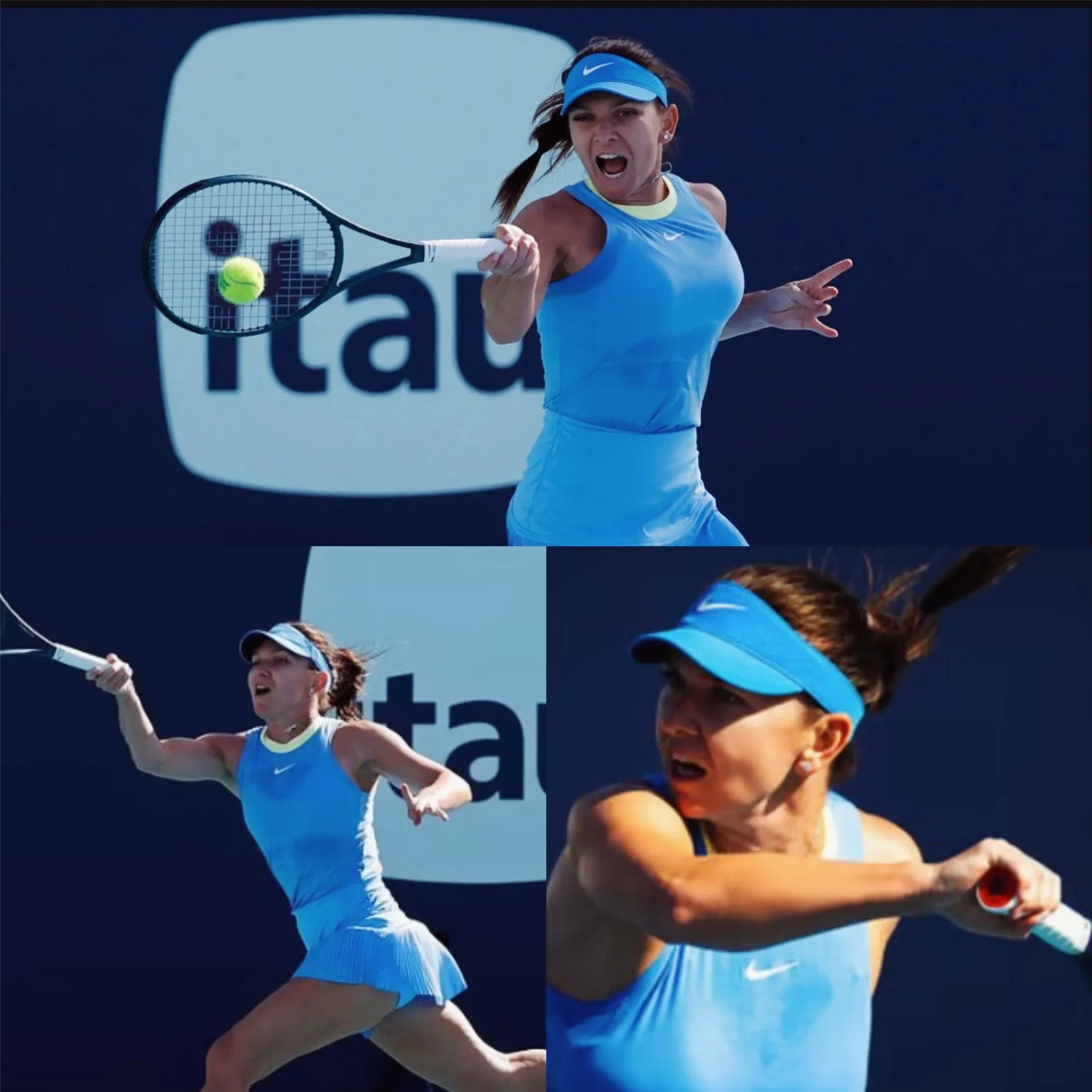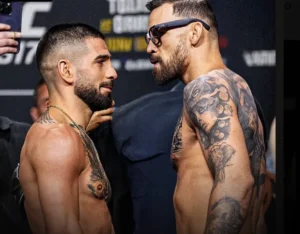Doping Controversy: Swiatek vs. Halep – A Tale of Unequal Treatment

image 674ea629d1c46.webp
In the world of professional tennis, few topics spark as much debate as doping allegations and their subsequent penalties. The recent cases of Simona Halep and Iga Swiatek have raised questions about the fairness and consistency of the tennis authorities’ handling of doping violations. While both players were found guilty of doping, the severity of their punishments varies drastically, sparking controversy and calls for a reevaluation of the system.
Halep’s Long Road to Justice
Simona Halep, the former World No. 1 and a two-time Grand Slam champion, was handed a four-year ban by the International Tennis Integrity Agency (ITIA) after a positive test for roxadustat, a banned substance used for increasing red blood cell production. Halep denied intentionally taking the substance, claiming the drug entered her system through a contaminated supplement. Despite this defense, the ITIA maintained the suspension.
After appealing to the Court of Arbitration for Sport (CAS), Halep’s suspension was reduced to nine months. However, the damage had already been done. Halep has repeatedly criticized the ITIA’s handling of her case, pointing to the prolonged process and harsh treatment despite her assertions of innocence. In an Instagram post, she questioned the “huge difference” in the way her case was handled compared to other players. Halep expressed her frustration, saying that the ITIA seemed intent on destroying her despite her efforts to prove her innocence.
She also emphasized that the length of time it took to resolve her case was unacceptable, as her suspension was imposed in October 2022, but she only received a ruling in September 2023, almost a full year later. Halep’s case is an example of how lengthy legal processes can have a profound impact on an athlete’s career, causing both financial and emotional distress.

Swiatek’s Short Suspension
On the other hand, Iga Swiatek, the current World No. 2 and a Grand Slam champion, faced a much lighter punishment after testing positive for the banned substance trimetazidine (TMZ) in August 2024. The ITIA ruled that the substance had entered Swiatek’s system due to a contaminated melatonin supplement. In a rare move, Swiatek was handed a temporary one-month suspension, which was significantly shorter than Halep’s.
Swiatek’s case was immediately controversial, as many questioned why the ITIA had chosen to issue such a short suspension. Halep, in particular, raised concerns, asking whether the authorities applied a different standard for players based on their status or nationality. The discrepancy in their punishments raises questions about whether the ITIA applied consistent standards in these cases. While Swiatek’s punishment was linked to a contaminated product, Halep argued that her case also involved unintentional doping, and yet she faced a much harsher penalty.

A Growing Debate Among the Tennis Community
This situation has led to widespread criticism from players, fans, and tennis organizations. Both the ATP and WTA have voiced concerns over the perceived double standards in how doping violations are treated. The case of Jannik Sinner, who was found with trace amounts of clostebol due to a massage therapy session, further highlights the inconsistency in the handling of such cases. Sinner’s positive tests were initially questioned, but he was ultimately cleared, sparking further debate over fairness in doping adjudication.
The Professional Tennis Players Association (PTPA), led by Novak Djokovic and Vasek Pospisil, has called for a transparent and consistent anti-doping system that treats all players equally, regardless of their stature or ranking. They argue that athletes deserve a system they can trust, ensuring fairness in the management of doping cases.
The contrasting cases of Simona Halep and Iga Swiatek highlight a significant issue in the world of tennis: inconsistent doping penalties. While both players have faced similar challenges, their experiences with the ITIA differ vastly, leaving questions about the fairness of the sport’s anti-doping policies. As tennis strives for transparency and accountability, it remains to be seen whether the governing bodies will adopt a more uniform approach to ensure that all players, regardless of their fame or ranking, are treated equitably.
In the end, the conversation about fairness in anti-doping policies is far from over. The tennis community, alongside fans and organizations, will likely continue to debate the inconsistencies in the system until a more transparent, consistent, and just approach is achieved. The need for reform in tennis’s anti-doping system has never been more pressing, and the cases of Halep and Swiatek are serving as a catalyst for that much-needed change.







